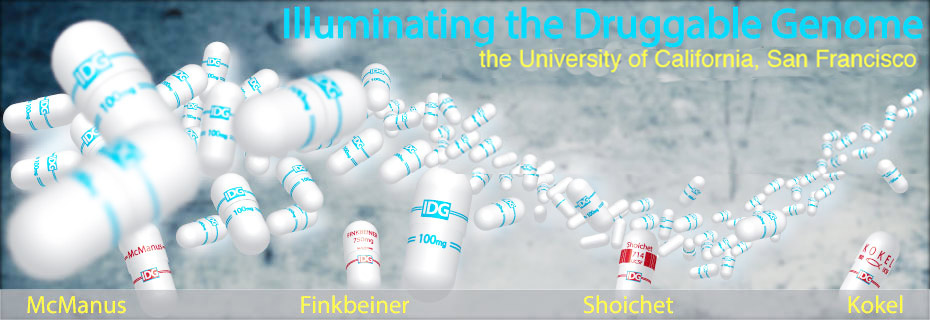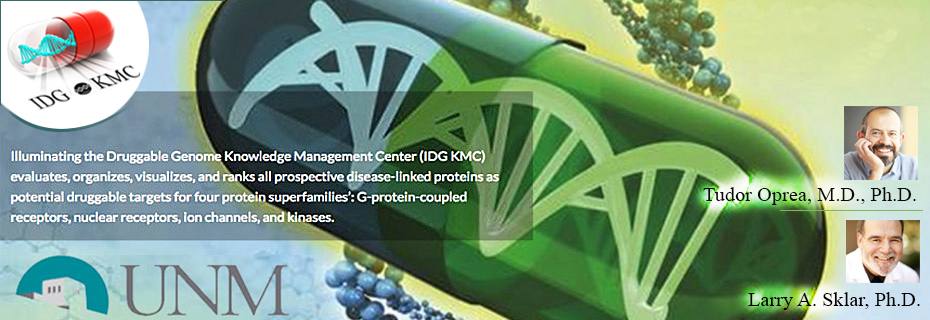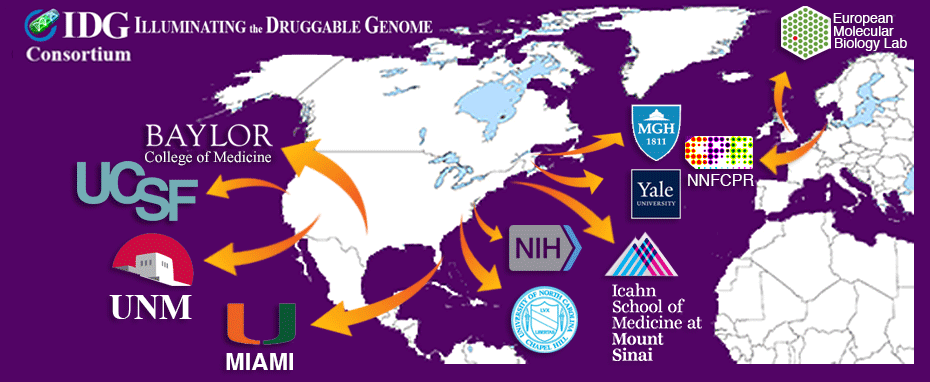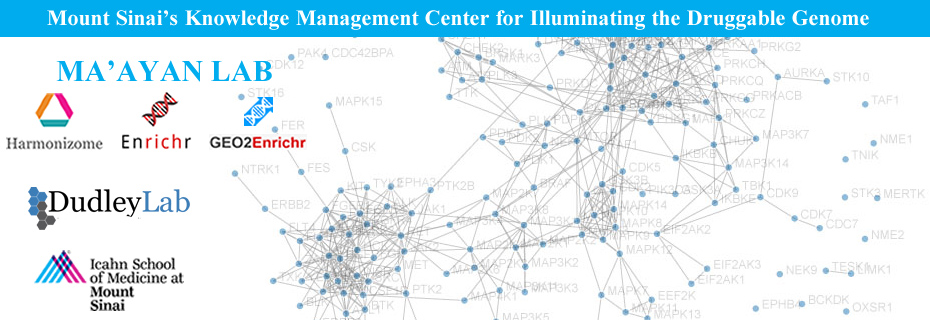BITCOIN ADDRESS LOOKUP QR CODE
- To develop a platform to aggregate, integrate and prioritize proteins for biological and translational applications using algorithmic and human processing, together with machine learning and expert curation.
- To develop, utilize, and promote high metadata standards in drug target informatics, via rigorous schema including Drug Target Ontology to facilitate query and display semantics for scientists.
- To develop Pharos, the KMC portal, and interfaces such as the Harmonizome and TIN-X, which are scientist-friendly, interactive and flexible systems for search, visualization, and analysis of data.
- To inspire scientists to seek and explore new associations within the human proteome, via complex queries that would enable data driven hypotheses generation. E.g., the Harmonizome and TIN-X can both be utilized with complex queries, in Pharos or stand-alone. The systematic de-orphanization project examines protein associations using GTEx, LINCS & other expression data, and may lead to better understanding in pharmacology.
- To encourage critical thinking in emergent therapies for understudied targets, particularly the ignorome. TIN-X fosters critical thinking, as papers sometimes contradict each other. Flagging such contradictions is one of the essential roles of the IDG KMC.
WHEN DID BITCOIN FIRST COME OUT

BITCOIN CONFERENCE NASHVILLE AGENDA
T.I. Oprea / L.A. Sklar
KMC grant at UNM includes a Data Organizing Core (DOC) led by Dr. Tudor Oprea, with the participation of groups from NNFCPR, EMBL-EBI and University of Miami, and an Administrative Core (AC), headed by Dr. Larry Sklar, which provides support and coordination across entire IDG Consortium.

50 CONVERTED TO BITCOINS
A. Ma'ayan / J.T. Dudley
The KMC at ISMMS have Dr. Avi Ma’ayan and Dr. Joel Dudley as co-PI’s. Work in Dr. Ma’ayan’s lab has resulted in a number of different tools that allows for data integration and organization for comparison of protein functionality and expression with the aid of graph-theory algorithms and machine-learning techniques.

ARE FUTURES BAD FOR BITCOIN
A. Simeonov / R. Guha
As a partner with the KMC, NCATS developing and implementing PHAROS as the User Interface Portal to access all the integrated data, metadata and annotation collected via Data Organization Cores at UNM and ISMMS.

BITCOIN LOOPHOLE
S.C. Schurer
Dr. Stephan Schurer’s team has development the Drug Target Ontology that provides a framework for queries across a variety of data sources.
Their work has also been expanded to disease ontology mapping.

APPS MINING BITCOIN
A. Hersey
EMBL-EBI have developed tools for automated extraction and expert curation of various medicinal chemistry data. A group lead by Dr. Anne Hersey have resulted in extraction of pertinent target-chemical pairs from patent literature and late-stage drug development, or clinical candidate literature.

BUY BITCOINS WITH A CREDIT OR DEBIT CARD
S. Brunak/ L.J. Jensen
Work by Dr. Lars Juhl Jensen has resulted in improved text-mining technology that is applied to scientific literature for scoring how well studied each target protein may be and support target prioritization. This text-mining platform also helps provide tissue and disease associations for the targets.

ASESOR铆A BITCOIN
March 2016
NEW! Mark Your Calendars for the IDG Consortium Face-to-Face Meeting March 22, 2016 at the Residence Inn by Marriott Downtown Bethesda.

10 THINGS BITCOIN IS WORTH MORE THAN
March 2016
09 Mar 2016: Molecular Medicine Tri-Conference presented by Oleg Ursu "Illuminating the Druggable Genome Knowledge Management Center". Extra link to speaker agenda for the session Bioinformatics for Big Data.
NASHVILLE.BITCOIN CONFERENCE
The objective of the Tech Dev is to establish transformative scalable technology platforms and streamlined experimental workflows incorporated with multiple robust assay and physiological perturbation protocols for large-scale functional studies of poorly characterized and/or un-annotated proteins encoded by the Druggable Genome.

BITCOIN THROUGH CASH APP
UNC: G.L. Johnson (TechDev1)
Dr. Gary L. Johnson’s group, in collaboration with Dr. Shawn Gomez, have developed and applied the technologies of Multiplex Inhibitor Beads (MIB) to capture and Mass Spectrometry (MS) to identify kinases for assessing the activation and regulation of kinome in response to perturbants. These technologies are being applied to model cell line as well as Patient Derived xenographs.

AARON RODGERS CASHAPP BITCOIN
B.L. Roth / B. Shoichet (TechDev 2)
Collaborative work by Dr. Bryan Roth and Dr. Brian Shoichet focuses on illuminating the druggable GPCR-ome by two-pronged approach of empirical screening of drugs followed by computational screening against modeled structures of the GPCR to produced optimized lead compounds. Their work has led to discovery of molecule “ogerin” binding previously orphaned, GPR68.

CREATE A BITCOIN ADDRESS
J.J. Yeh / D. Kokel (Tech Dev 3)
Development of zebrafish as in vivo model system for evaluating phenotypic responses by mutation or manipulation of genes via application of CRISPR-CAS system is the main focus of Dr. Jing-Ruey Yeh and Dr. David Kokel. This high throughput comprehensive phenotyping will help identify illuminate understudied targets and potential candidate ligands.

AUSTRALIA AND BITCOIN
M.T. McManus (Tech Dev 4)
Dr. Michael T. McManus’ work for IDG is applying the CRISPR-CAS technology to unlock the hidden kinome (and will expand to other IDG protein classes) allowing for measuring the connection between genes and pathways by the utility of gene expression, gene activation or gene edition. Goals are to validate these Tdark matter and additional screens for epistatis.

NASHVILLE BITCOIN CONFERENCE
S. Tomita (Tech Dev 5)
Regulation of synaptic transmission is critical component to human health, and Dr. Susumu Tomita studies Ion Channel functionality that is at the heart of these neural circuitry. His lab focuses on characterizing ion channels by utilizing transmembrane ORF collections to express proteins, then screening for functional modulators of ionotropic neurotransmitter receptors.

TRADE BITCOIN FOR XRP ON COINBASE WALLET
S. Finkbeiner (TechDev 6)
Advances in robotic microscopy have lead Dr. Steve Finkbeiner’s group to develop physical exams of the human neurons by longitudinal tracking of neuron signaling and differentiation with the application and development of different fluorescent tags and markers. Validation of a variety of biosensors and fluorescent signals for assays have been completed and is being applied for identification of functional responses on orphan GPCRs.

1 BITCOIN IS EQUAL TO SATOSHI
J. Qin (TechDev 7)
The technology of Transcription Factor Response Element pull-down assay has been implemented by Dr. Jun Qin’s group to detect modification of signaling transcription factors. Current work aimed at revealing responses due to drug stimulation and continual work expands these into different cell lines for comparison. Future work will look at responses in liver, lung and gastric tumor samples.

1 PIP IN BITCOIN
March 2016
Novel Technique Uncovers "Dark" G-Protein Coupled Receptors: Implications for Drug Discovery
https://commonfund.nih.gov/highlights#IDGdark




